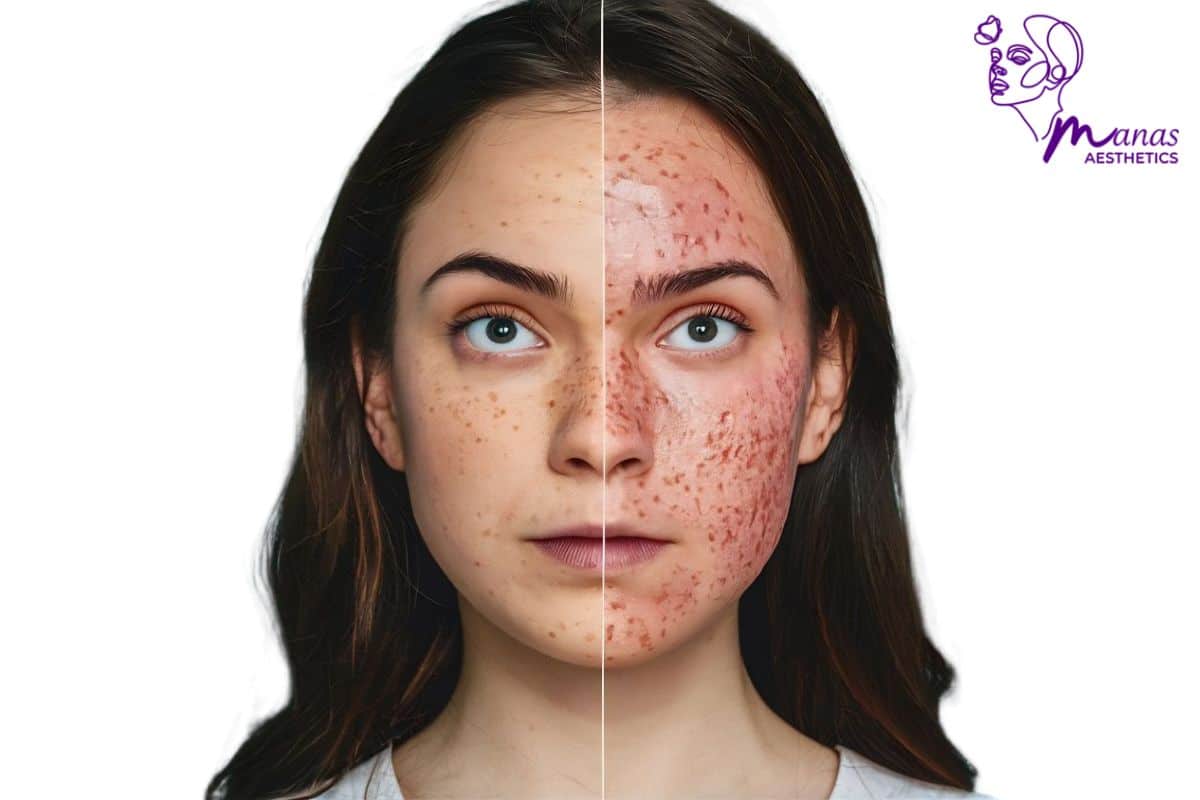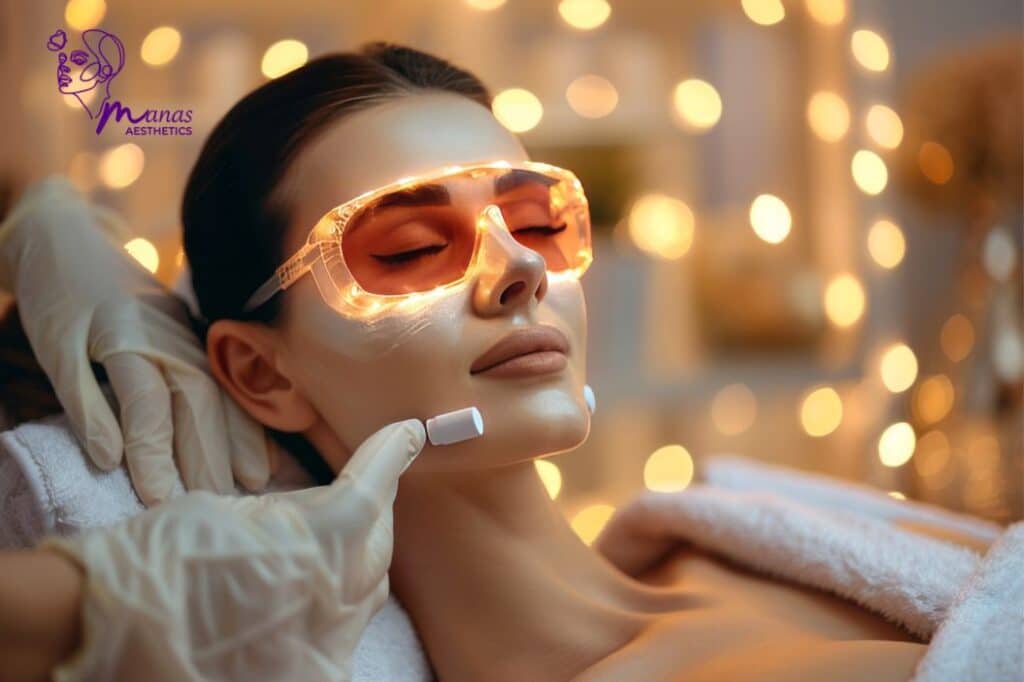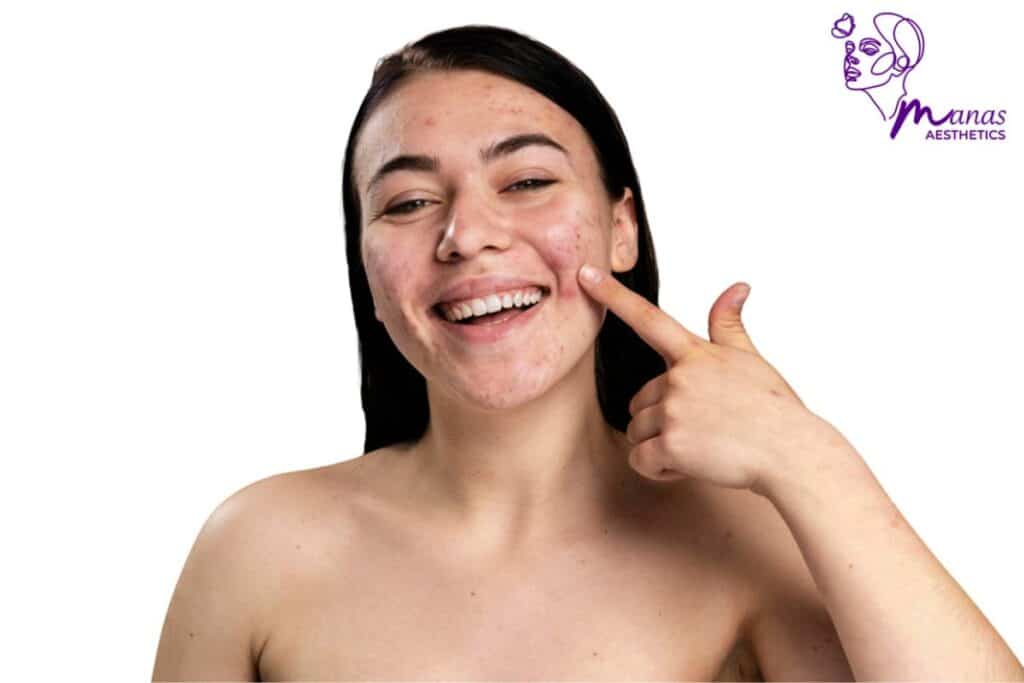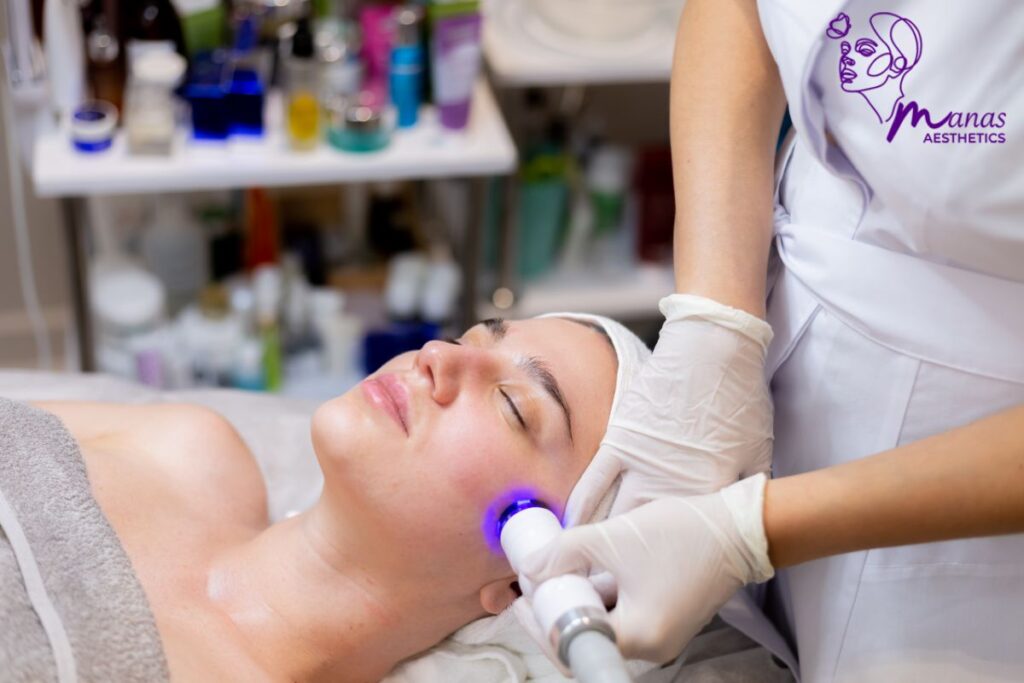Dealing with dark, patchy spots on your skin can be a frustrating experience. These discolourations, often referred to as hyperpigmentation, can affect your self-esteem and confidence. Fortunately, there are effective skin hyperpigmentation treatments available that can help you achieve a more even skin tone. In this blog, we will explore what is skin pigmentation, the causes of hyperpigmentation, and how to get rid of hyperpigmentation through various treatments.
What is Skin Pigmentation?
What is Skin Pigmentation? Skin pigmentation refers to the colour of your skin, which is determined by a pigment called melanin. Melanocytes, specialized cells in the skin, produce melanin. The amount and type of melanin in your skin determine your skin colour. When these cells produce too much or too little melanin, it can result in skin pigmentation disorders.
Types of Skin Pigmentation
There are several types of skin pigmentation issues, including:
1. Hyperpigmentation: This condition occurs when certain areas of the skin produce excess melanin, leading to dark spots or patches. It is often caused by sun exposure, inflammation, or other skin injuries.
2. Hypopigmentation: This occurs when there is a reduction in melanin production, leading to lighter patches of skin. Conditions like vitiligo or albinism are examples of hypopigmentation.
3. Melasma: This type of hyperpigmentation appears as brown or grey-brown patches, often on the face. It is commonly associated with hormonal changes, such as during pregnancy or while taking birth control pills.
Causes of Hyperpigmentation
Understanding the causes of hyperpigmentation can help you take preventive measures and seek appropriate treatments. Here are some common factors that contribute to this skin condition:
1. Sun Exposure
One of the primary causes of hyperpigmentation is prolonged exposure to ultraviolet (UV) rays from the sun. UV rays stimulate the production of melanin as a protective mechanism, leading to dark spots and patches.
2. Inflammation
Skin inflammation, resulting from conditions like acne, eczema, or injuries, can trigger an overproduction of melanin. This post-inflammatory hyperpigmentation can leave behind dark spots even after the initial condition has healed.
3. Hormonal Changes
Hormonal fluctuations, especially in women, can lead to melasma, a type of hyperpigmentation. Pregnancy, birth control pills, and hormone replacement therapy can all contribute to hormonal changes that affect melanin production.
4. Medications
Certain medications, such as antibiotics, anti-seizure drugs, and chemotherapy drugs, can cause hyperpigmentation as a side effect. These medications can increase melanin production or cause skin sensitivity to UV rays.
5. Genetic Factors
Your genetic makeup can also play a role in hyperpigmentation. Some individuals are more prone to developing dark spots due to their genetic predisposition.
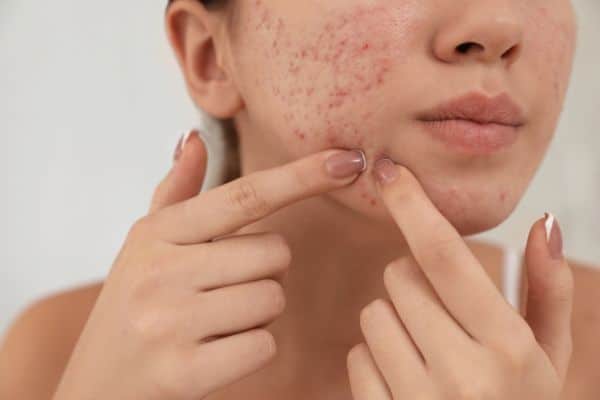
How to Get Rid of Hyperpigmentation (types of skin hyperpigmentation treatment)
Now that we understand the causes of hyperpigmentation let’s explore how to get rid of hyperpigmentation effectively. There are several skin hyperpigmentation treatment options available, ranging from topical treatments to professional procedures.
1. Topical skin hyperpigmentation treatment
Topical skin hyperpigmentation treatments are often the first line of defence against hyperpigmentation. Here are some effective ingredients to look for in over-the-counter or prescription creams:
– Hydroquinone: This skin-lightening agent inhibits melanin production and is commonly used to treat hyperpigmentation.
– Retinoids: Derived from vitamin A, retinoids promote cell turnover and can help fade dark spots over time.
– Vitamin C: Known for its antioxidant properties, vitamin C can brighten the skin and reduce the appearance of hyperpigmentation.
– Niacinamide: This form of vitamin B3 can help reduce melanin production and improve skin texture.
– Azelaic Acid: This natural acid can help reduce inflammation and lighten dark spots.
2. Chemical Peels skin hyperpigmentation treatment
Chemical peels involve applying a solution to the skin that exfoliates the top layer, promoting the growth of new, evenly pigmented skin. This treatment can be effective for mild to moderate hyperpigmentation.
3. Laser Therapy
Laser therapy targets pigmented areas with concentrated light energy, breaking down melanin and promoting the growth of new, healthy skin. Different types of lasers are used depending on the severity and type of hyperpigmentation.
4. Microdermabrasion skin hyperpigmentation treatment
Microdermabrasion is a non-invasive skin hyperpigmentation treatment that exfoliates the skin using fine crystals or a diamond-tipped device. This treatment can improve the appearance of hyperpigmentation by removing the top layer of skin.
5. Chemical Sunscreen
Preventing further hyperpigmentation is crucial. Using a broad-spectrum sunscreen with SPF 30 or higher can protect your skin from UV rays and prevent the darkening of existing spots.
6. Natural Remedies
Some natural ingredients, like aloe vera, liquorice extract, and green tea, have skin-lightening properties and can be used as home remedies for mild hyperpigmentation.
Pigmentation Removal: Professional Skin Hyperpigmentation Treatments
When over-the-counter treatments are not enough, seeking professional skin hyperpigmentation treatment can provide more dramatic results. Here are some professional options to consider:
1. Intense Pulsed Light (IPL) Therapy
IPL therapy uses broad-spectrum light to target pigmented areas, breaking down excess melanin and promoting an even skin tone. This treatment is effective for various types of hyperpigmentation.
2. Fractional Laser Resurfacing
Fractional laser resurfacing creates tiny, controlled injuries in the skin, stimulating the body’s natural healing process and reducing hyperpigmentation. This treatment is suitable for more severe cases.
3. Microneedling skin hyperpigmentation treatment
Microneedling involves creating tiny punctures in the skin with fine needles, promoting collagen production and reducing the appearance of dark spots. This treatment can be combined with topical serums for enhanced results.
4. Cryotherapy
Cryotherapy involves freezing pigmented areas with liquid nitrogen, causing the dark spots to peel off and reveal lighter skin underneath. This treatment is often used for isolated spots.
5. Dermabrasion
Dermabrasion is a more intensive exfoliation procedure that removes the top layer of skin, promoting the growth of new, evenly pigmented skin. This treatment is typically used for more severe hyperpigmentation.
Conclusion:
Dealing with hyperpigmentation can be challenging, but with the right skin hyperpigmentation treatment, you can achieve clear, even skin. Understanding what is skin pigmentation, recognizing the causes of hyperpigmentation, and knowing how to get rid of hyperpigmentation through effective treatments are crucial steps towards your goal. Whether you opt for topical treatments, professional procedures, or a combination of both, there is a solution for everyone.
Remember to protect your skin from sun exposure and maintain a consistent skincare routine to prevent further hyperpigmentation. With patience and the right treatments, you can enjoy a more radiant and even complexion.
For those seeking professional guidance and effective treatments, consider consulting with the best skincare professionals from Manas Aesthetics Clinic; to explore the best options for your specific needs.
Our Skin, Haircare & Laser Services
Skin Lightening Treatment | Skin Polishing Treatment | Pigmentation Removal Treatment | Melasma Removal Treatment | Chemical Peel Treatment | Skin Mesotherapy Treatment | Acne Treatment | Scar Treatment | Radiofrequency Treatment | Hifu treatment | Tan Removal Treatment | Dark Circle Treatment | Milia/Wart/Skin Tag Removal Treatment | Body Tightening Treatment | Skin PRP Treatment | Hair Mesotherapy Treatment | Dandruff Treatment | Hair Thinning Treatment | GFC Therapy | Hair PRP Treatment | Hair Transplant Treatment | Laser Hair Reduction Treatment | Carbon Laser Peel Treatment | Tattoo Removal Service | Photofacial Treatment

